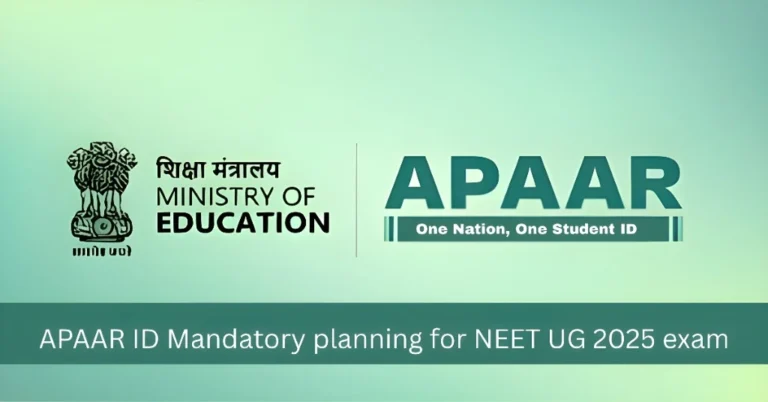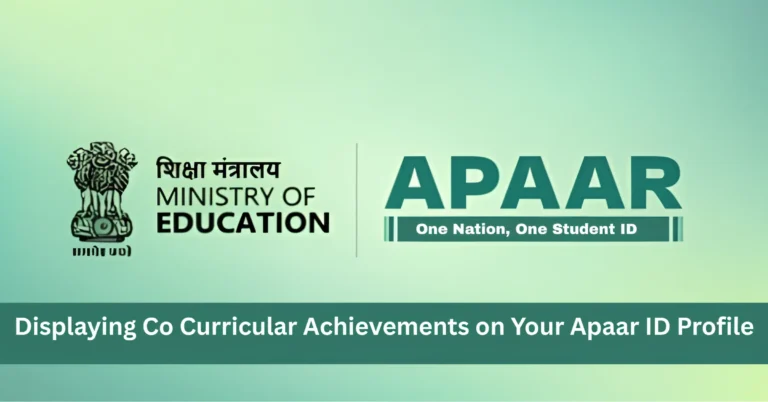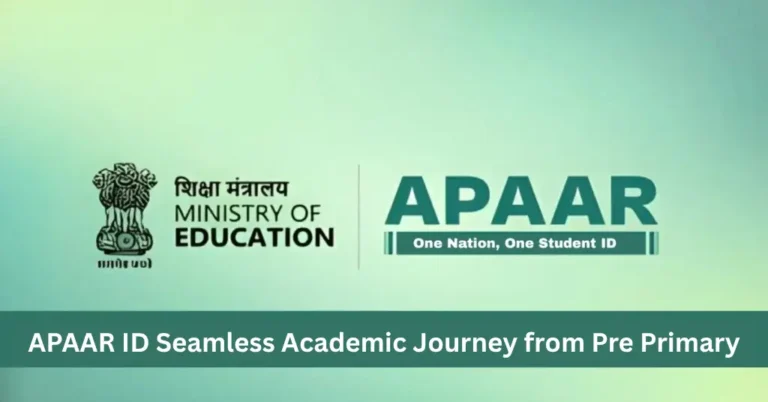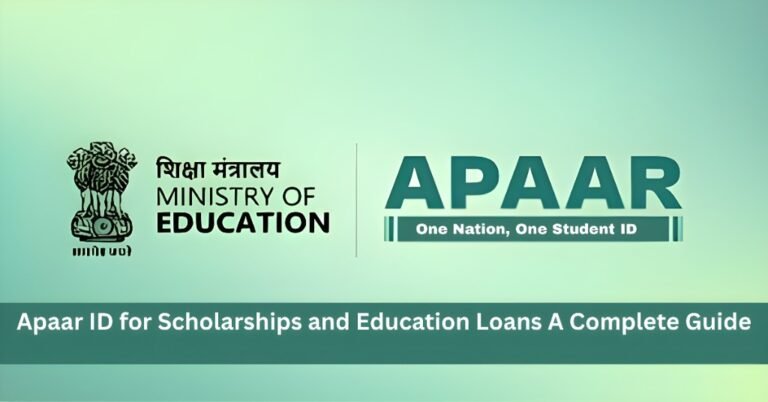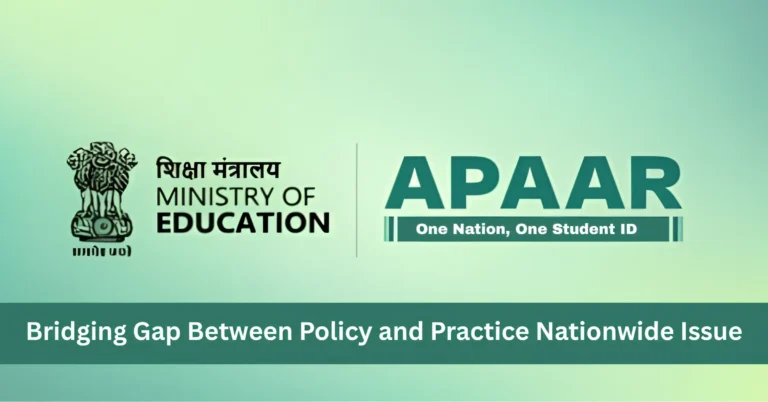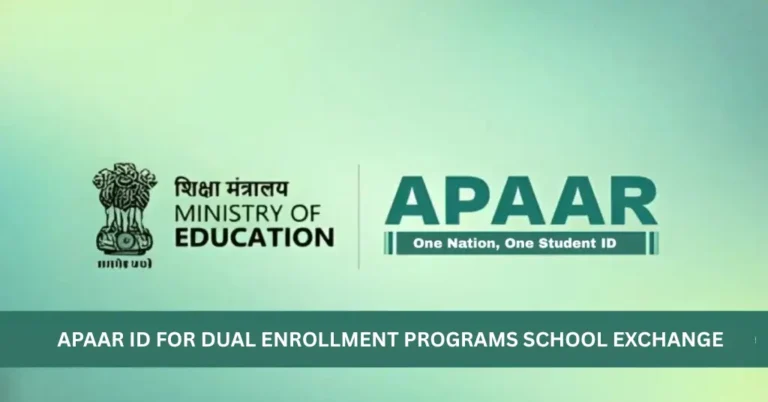Internet Access in Education The Lifeline Students Deserve barriers to digital learning in rural and underserved areas. With the growing need for online education, this digital divide is widening the gap in academic performance and opportunities for students across different regions.
Community internet centers or mobile data-sharing initiatives can help students in remote areas access online learning materials. Government initiatives like Bharat Net are working toward expanding internet access to rural India.
The Impact of Digital Tools Enhancing Learning and Creativity
Technology can be a double-edged sword. On one hand, it opens the door to a world of knowledge, creativity, and APAAR ID Integration Issues. On the other, it poses a risk of distraction if not used responsibly. For educational purposes, digital tools should be integrated carefully into the curriculum to promote critical thinking, problem-solving, and innovation.
Schools should adopt a blended learning approach, combining online resources with traditional teaching methods to enhance engagement and reduce distractions
How Schools Can Adapt to Remote Learning Best Practices for Success
The shift to online learning during the pandemic showed how essential it is to have the right systems and infrastructure in place.
Schools must create digital classrooms that are engaging, interactive, and accessible to all students, regardless of their location or socio-economic status.
Ensure that online platforms are user-friendly and accessible for students of all ages
Ensure that online platforms are user-friendly and accessible for students of all ages
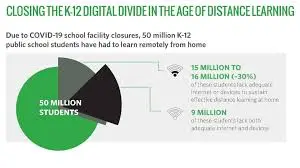
Solving the Teacher Shortage Crisis A National Priority
The teacher shortage in India has long been a significant issue, especially in rural and underdeveloped areas.
With limited training opportunities and a high teacher-to-student ratio, the quality of education is often compromised. Addressing this shortage is crucial to improving the education system.
Focusing on teacher retention strategies and providing incentives for teachers working in underserved areas can help bridge this gap.
Offering professional development opportunities will also enhance teaching quality.
Equal Education Opportunities Breaking Down Barriers to Access
In India, socio-economic factors often limit access to quality education. Students from disadvantaged backgrounds face multiple barriers, from the lack of proper school infrastructure to the inability to afford textbooks and uniforms. This inequality must be addressed to ensure that every child has the chance to succeed.
Government and non-governmental organizations (NGOs) can collaborate to provide scholarships, free textbooks, and digital tools to students from economically weaker sections. Also, increasing funding for public schools can help reduce these gaps.
How can schools overcome the challenges posed by the digital divide?
Schools can partner with local government bodies and NGOs to set up community learning centers and provide subsidized internet access to students in remote areas.
What role does mobile technology play in improving education access?
Mobile phones can be used to provide access to online resources, educational apps, and virtual classes, helping bridge the gap for students without access to computers.
How can teachers be trained to effectively use technology in the classroom?
Regular professional development workshops focused on digital literacy and the integration of technology in teaching are essential to preparing teachers for the future of education.
What can students do to make the most of online learning platforms?
Students should establish a routine, limit distractions, and actively participate in discussions and group activities. Setting clear goals and tracking progress can help stay motivated.
How can parents support their children in overcoming technical issues with online learning?
Parents should ensure that their children have a quiet, comfortable space for online classes. They can also help troubleshoot basic technical problems or reach out to school administration if issues persist.
Final Words
Technical and access challenges are significant barriers to educational progress, but they are not insurmountable. By leveraging technology, supporting teachers with professional development, and ensuring equitable access to resources, we can overcome these issues and create a more inclusive educational environment.
The road ahead may be difficult, but with a proactive approach and collaboration between government, schools, and communities, we can ensure that every student has the opportunity to succeed, regardless of their background or location. Let’s work together to break down these barriers and make quality education accessible to all.
